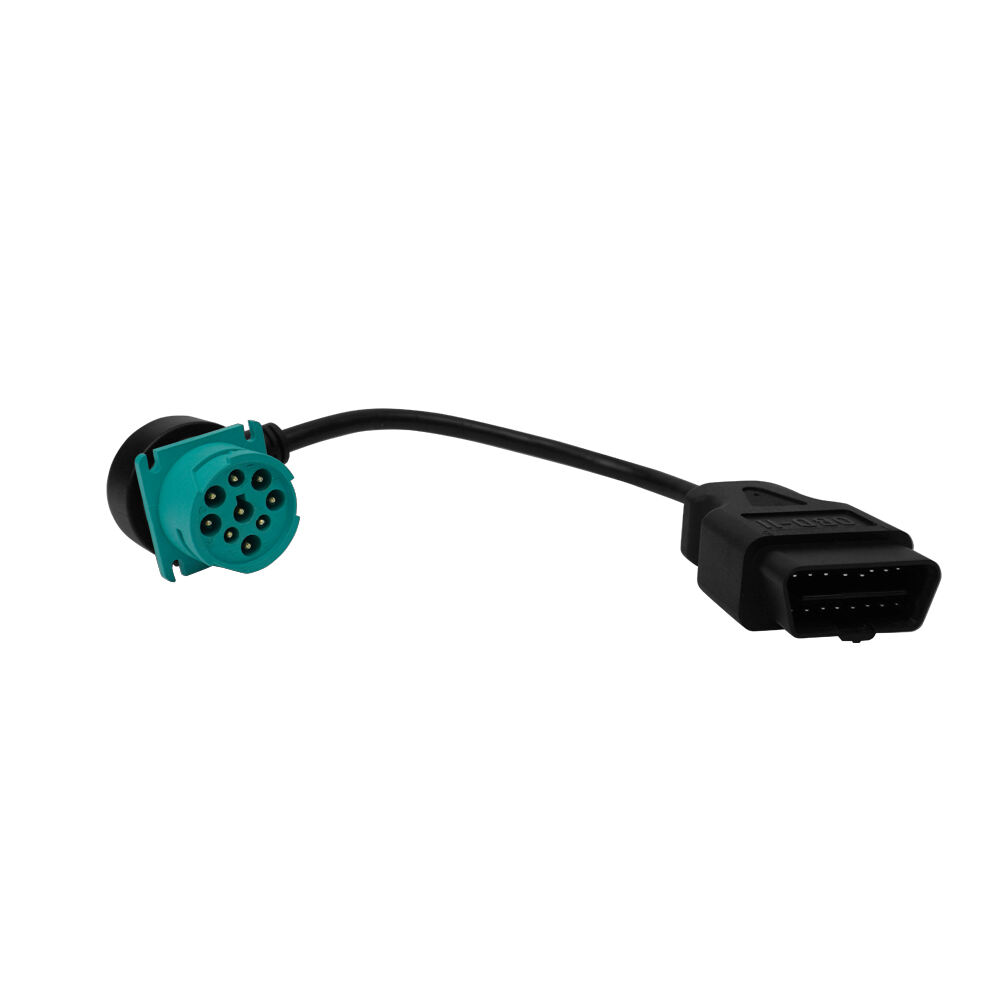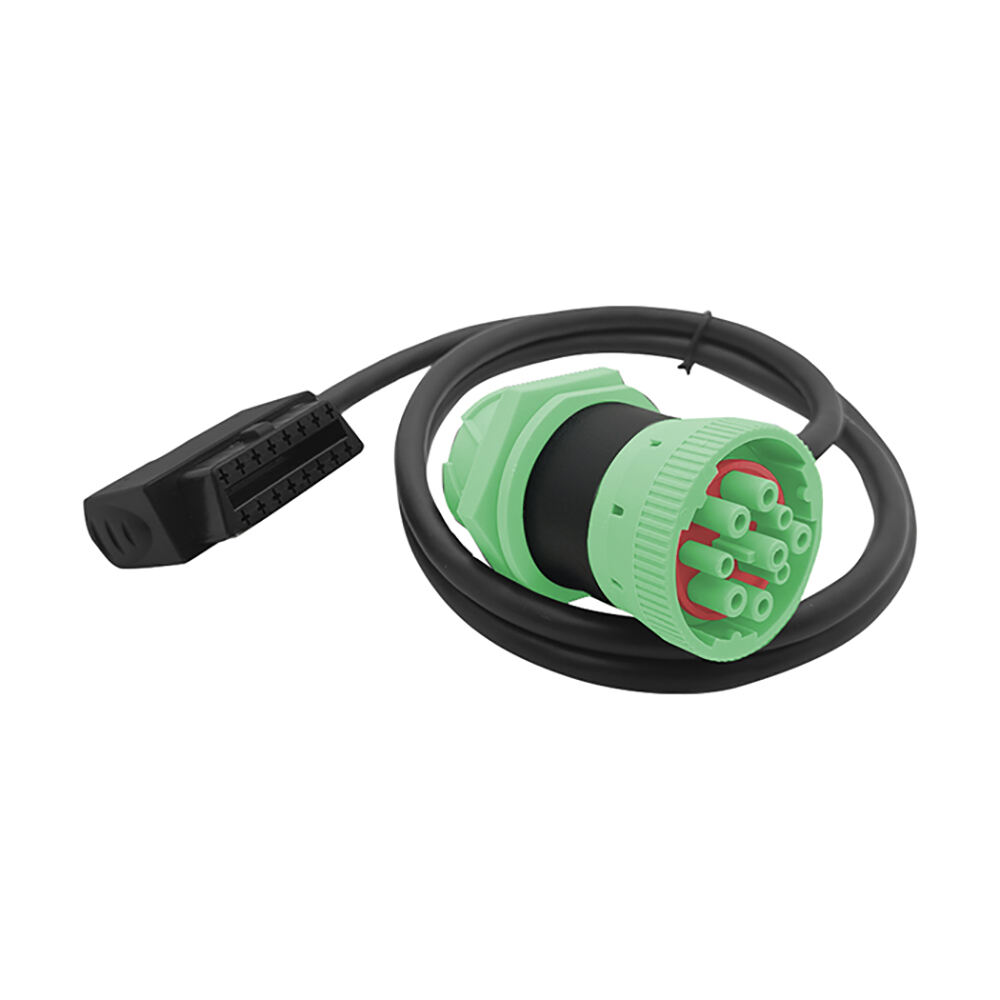obdii
OBD-II (On-Board Diagnostics II) represents a significant advancement in vehicle diagnostic technology, serving as a standardized system that monitors and reports on various vehicle subsystems. Implemented as a mandatory feature in all vehicles manufactured after 1996, OBD-II provides real-time data about engine performance, emissions systems, and other critical vehicle functions. This sophisticated diagnostic tool utilizes a network of sensors throughout the vehicle to collect and process data, making it an invaluable resource for both professional mechanics and car owners. The system generates specific trouble codes when it detects malfunctions, enabling quick and accurate diagnosis of vehicle issues. Beyond its primary diagnostic function, OBD-II serves as a crucial tool for emissions testing and environmental compliance, helping vehicles maintain optimal performance while minimizing their environmental impact. The system's standardized interface allows for universal compatibility with diagnostic tools, making it an essential component in modern vehicle maintenance and repair processes. OBD-II's comprehensive monitoring capabilities extend to tracking fuel efficiency, engine timing, speed, and various other performance metrics, providing users with detailed insights into their vehicle's operational status.


